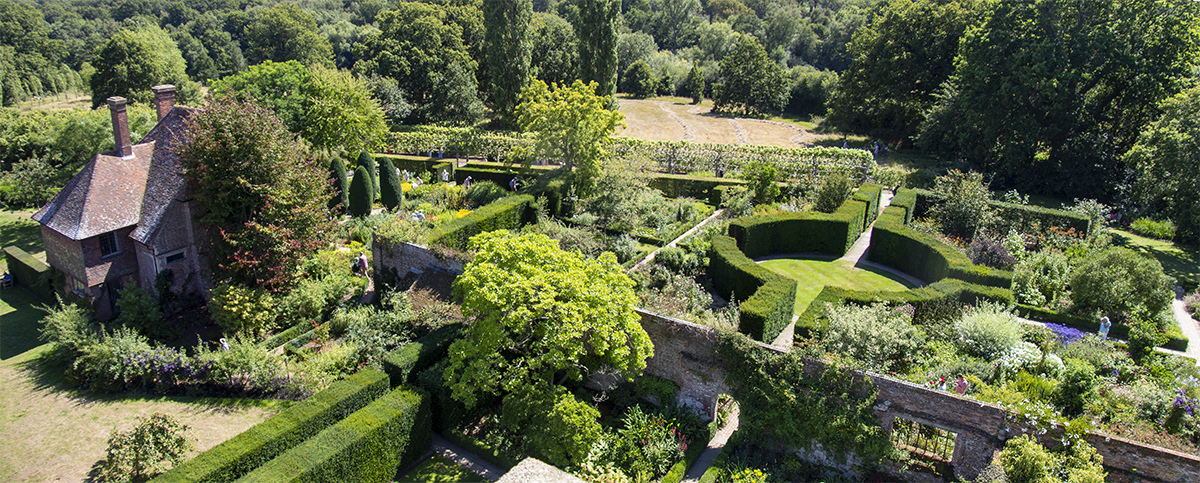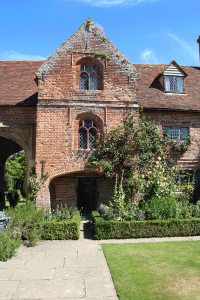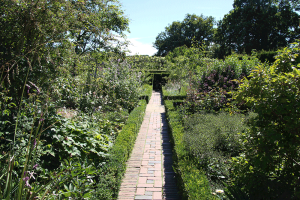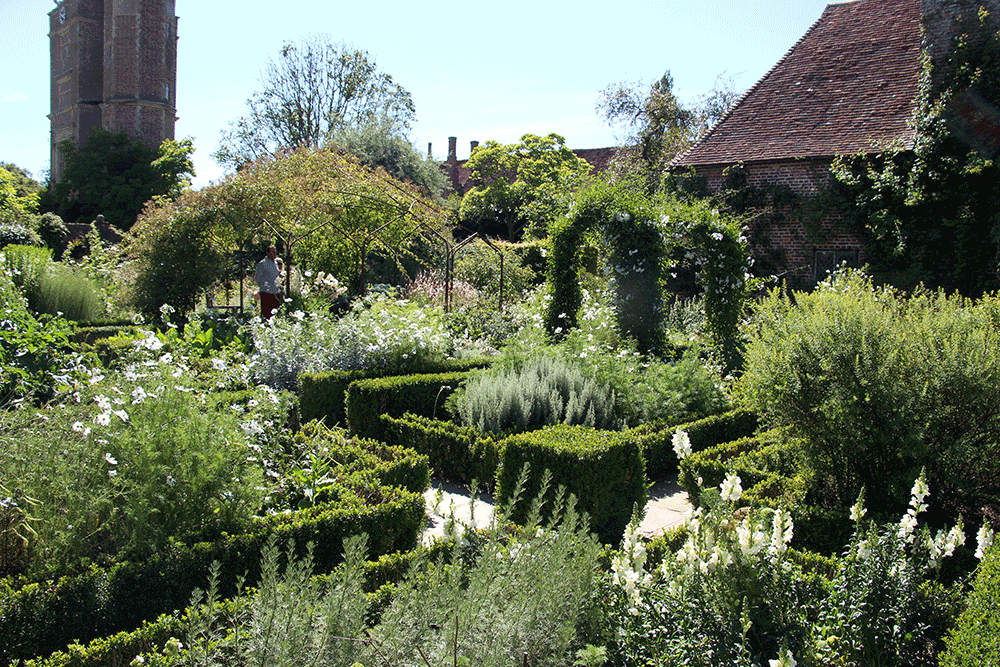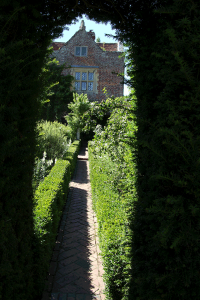When Vita Sackville-West and Harold Nicholson bought the ruined Sissinghurst Castle in 1930, along with its surrounding estate, Harold was initially hesitant until won over by its potential. And at that time potential was all the property really had as it was an uninhabitable wreak. Harold and Vita though quickly started to create plans and as both were practical gardeners by 1937 they already had sufficient of a garden to first open to the public. From these modest beginning they created one of the worlds most visited and written about gardens, at part due to Vita being an enthusiastic gardener by nature and a writer by profession. The couple had differing but complementary garden styles, with Harold more concerned more with the structure and symmetry, and Vita the planting but the two roles were not exclusive being more shades of the same colour.
The starting date of 1930 places it late in the Arts and Craft movement but they were strongly influenced by, and meet, Lawrence Johnson at Hidcote, Gertrude Jekyll at Munstead Wood and William Robinson. This contact with many of the leading lights of garden design at the time combined with the extensive travelling necessitated by Harold’s work as a diplomat early in their marriage and Vita sense of history to form a remakable garden. Largely the garden is broken up by walls and hedges to create a human scale as they are at Hidcote; but at Sissinghusrt the buildings, and particular the tower, form a focus for the separate areas of the garden and this whole then blends into the surrounding countryside. This contrasts with Hidcote where the house is relatively unimportant to the garden and the garden rooms work with avenues and vistas to draw in the surrounding countryside.
One of the last of the areas in the garden to take its present form was one of the most influential; the white garden. In a small garden such a restrictive pallet would be unlikely to work but here it forms a cool and refreshing interlude to the strong colours elsewhere in the garden. Originally the rose garden it wasn’t started until after the war and is kept exclusively as green foliage and white flowers. It is tempting to draw comparisons with this economy of style with the economies the country was still experiencing through rationing but even with such a narrow pallet great variety is found.
The garden though was constantly a work in progress for them, with plans for areas beyond the present garden, right up to Vita’s death in 1962. Harold survived her by 6 years but her death broke him and by then the joint head gardeners Pam Schwerdt and Sibylle Kreutzberger had become the garden’s custodians. The estate pasted to their younger son Nigel who, faced with large death duties, struck a deal where the estate passed to the National Trust in 1967 in lieu of the duty but allowed the family to continue its involvement in the running of the house and estate. Financially the estate is now in better health than it has been for a long time. Vita had a large inheritance which she poured into the property but money was often tight for them. From a design point the garden has not fundamentally changed, maintaining the spirit of Harold and Vita, making it now more of historical record of Harold and Vita’s garden style which is still influencing gardens today.


